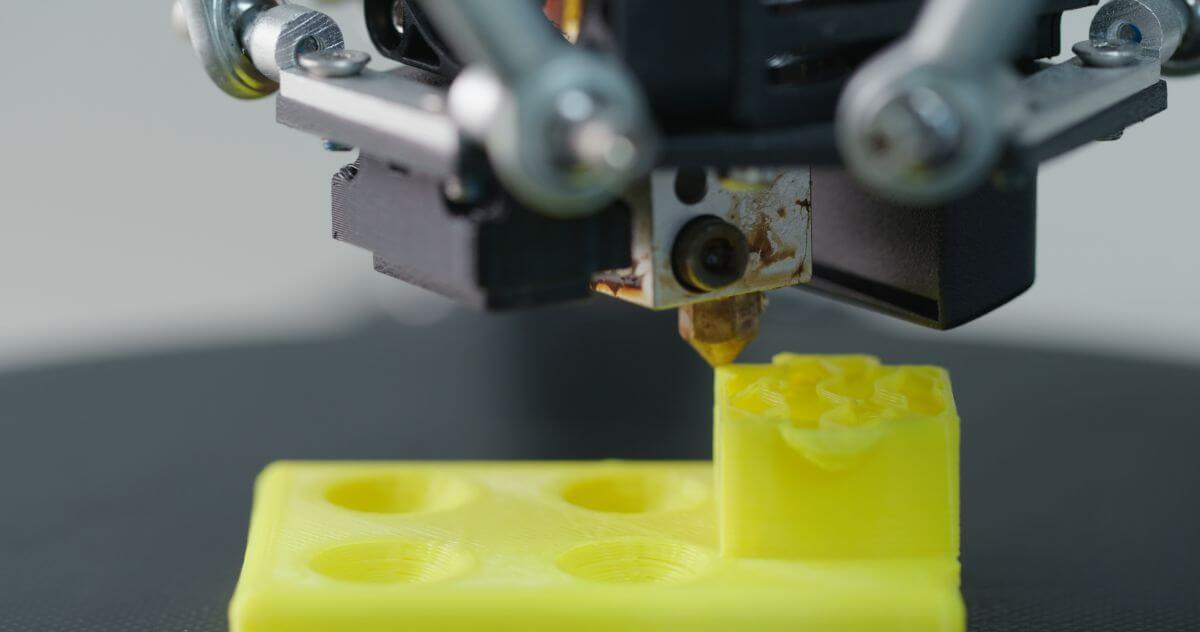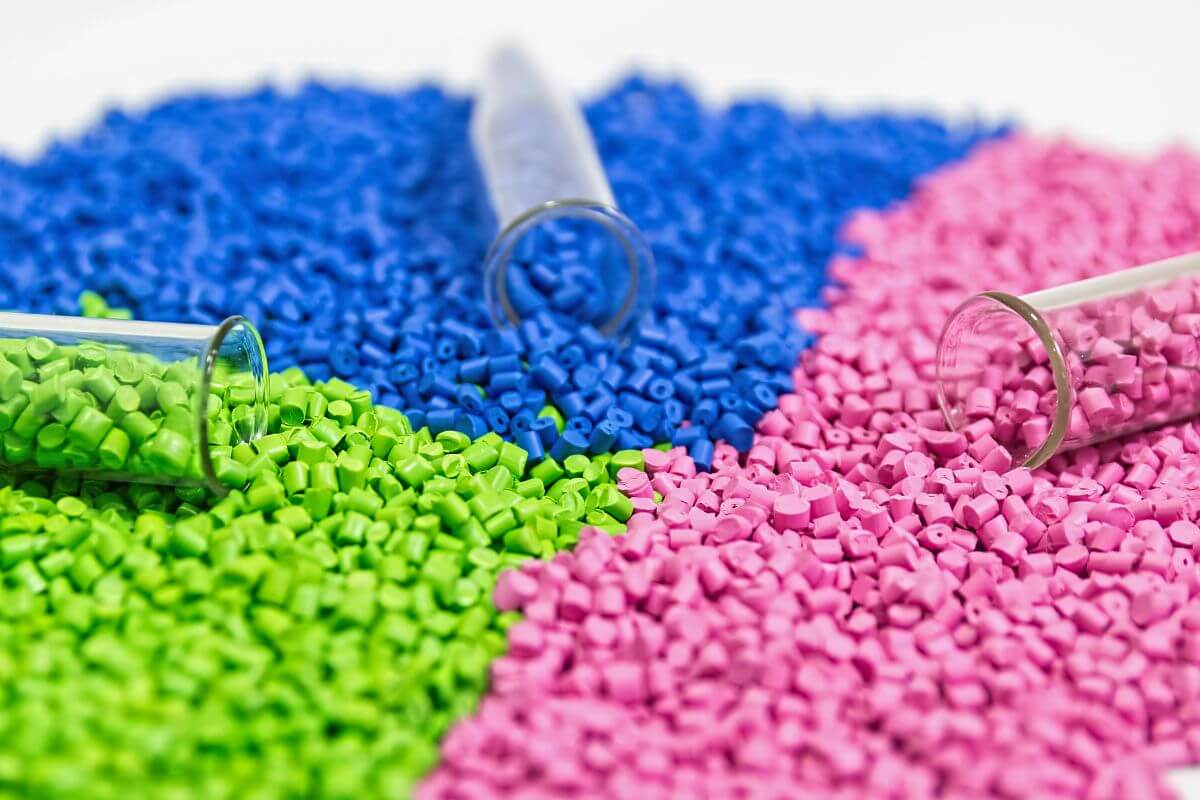May 31, 2023
Factors that Affect the Cost of Injection Molding in the USA

Companies in the USA use plastic injection molding because it offers a highly efficient and cost-effective method of mass production, allowing them to manufacture large quantities of complex plastic parts with consistent quality and precision. This is especially advantageous for industries such as automotive, electronics, consumer goods, and medical devices, where high-volume production is required.
Understanding the factors that affect the cost of injection molding in the USA is important so that manufacturers can plan their production cost. Read on to learn more.

First, there are various factors in selecting the type of plastic resin in the injection molding process. Some of these are the color, additives, quality, and availability of the resin, which all affect the cost of the molding process.
For instance, one of the most widely used and readily available types of resin is polyethylene (PE). PE is a thermoplastic that comes in different forms, including high-density and low-density polyethylene. It’s commonly used for containers, pipes, and various consumer products.
With this in mind, it’s essential to carefully consider using a plastic resin that’s available in the market because it guarantees you that they’re cheaper compared to other types that are not always available, such as polyetheretherketone (PEEK). But more importantly, make sure it’s suitable for your plastic products.
In terms of the design, the complex design of a plastic product directly influences the cost of the molding process. This is due to the fact that complex designs use different machining processes, such as auxiliary Electrical Discharge Machining (EDM) to achieve undercut features, increasing the production time, unlike when a simple design merely uses the standard injection molding machine.
Because the machining process is different due to the complexity of the design, it requires additional cost, which contributes to the overall expenses associated with manufacturing complex injection molded parts.
When it comes to creating molds, there are different types of metals to choose from. The specific metal you need will depend on the materials you’re using for plastic injection molding. If you’re working with higher-temperature thermoplastics, you’ll need metal that can handle the heat, like molds plated with steel or metals with higher hardness.
Tool steel is a popular choice for its strength and durability, but if you’re working on lower-production runs, you might consider more cost-effective options like aluminum.
Additionally, the lifespan of molds can vary depending on the material used. Molds with longer lifespans are made from durable steel, but they can be more expensive. When choosing a mold material, think about factors like cycle time, surface finishes, and production volume, as these can all affect how long the mold will last.

Volume and cavities also affect the cost of the injection molding process. But, what are these two? First, the volume is the total amount of space or capacity within the mold cavity that’s available to hold molten plastic material. It represents the maximum size or capacity of the plastic part that can be produced in a single cycle.
Cavities, on the other hand, are individual spaces or impressions within the mold where the molten plastic material is injected to form multiple identical parts simultaneously.
Based on this information, it’s more practical to consider the production time when it comes to volume and cavities. For instance, if your plastic products require a lot of cavities, such as bottle caps, fasteners, and medical devices, they take longer to press and manufacture, which drives up the cost. The same goes for high-volume production.
The mold base is like the sturdy case that holds all the mold cavities and components and inserts them together. The cost of the base can be determined based on the size of the mold and the type of steel used.
At Richfields, we always take into account any specific customizations requested by our clients in the USA. While we know that most mold bases come in standard dimensions, our team can always machine them to meet the exact specifications of our clients’ needs.
Finally, the cycle time in the plastic injection is the total time it takes to complete one injection molding cycle, which includes the injection, cooling, and ejection phases. It’s the time required for the entire process of filling the mold with molten plastic until it solidifies, and then removing the finished part from the mold.
Additionally, it is influenced by various factors, including the complexity of the part, the size and design of the mold, the type of plastic resin used, and the capabilities of the injection molding machine. So, it’s important to consider these as it affects the cycle time of the entire process, which also affects the cost.
These are the factors that affect the cost of injection molding in the USA. Understanding and carefully considering these factors can help your business make informed decisions.
If you want to achieve cost-effective injection molding solutions, partner with the leading China-based injection molding company, Richfields Corporation! We offer full-service injection molding to our US-based clients. Our team of highly skilled engineers uses advanced technology; not to mention we have state-of-the-art facilities where we manufacture plastic-injected products.
You can achieve high-quality plastic products with us. Contact Richfields Corporation to learn more.